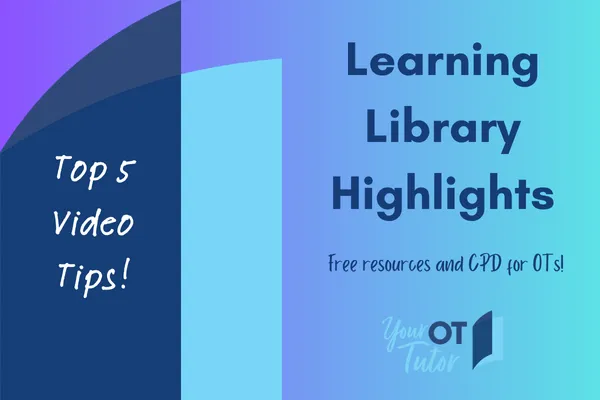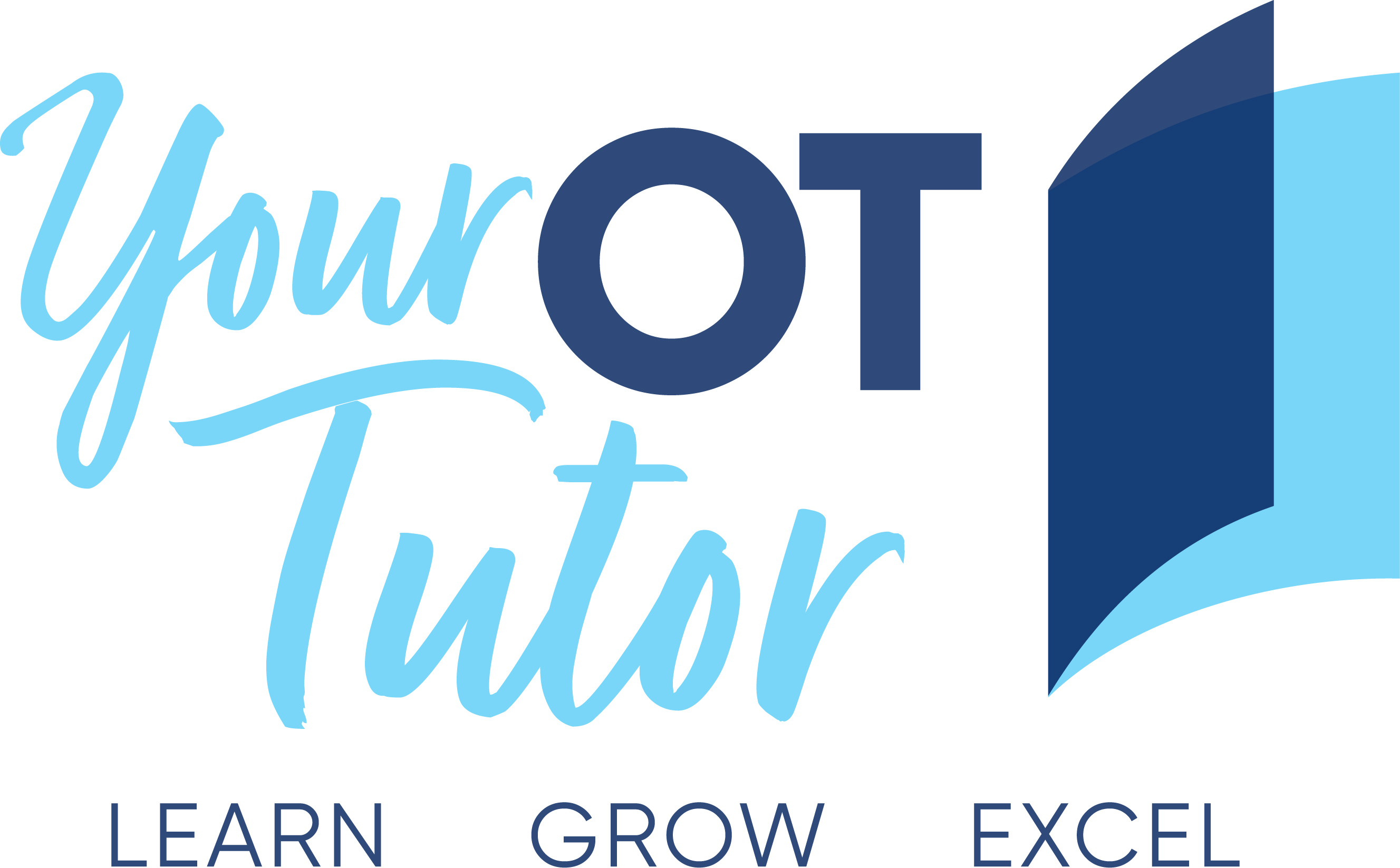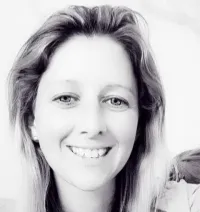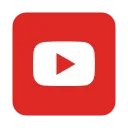THE YOUR OT TUTOR BLOG
Articles on important topics for occupational therapists...


Learning Library Highlights - Top 5 Videos!
Welcome to the October edition of the Learning Library newsletter!
This month there’s another guest contribution, more content from me, and we’ll spotlight the top 5 quick-fire videos currently available in the library.
New additions
From me you can access:
- Video – Help! My client has an upper limb impairment – This is a quick sneak peek from a YOTT Connector webinar that has plenty of value as a stand-alone 3-minute video! In this video I run through what you should be looking for when you notice your client has reduced hand and arm function, including the subjective history, appearance, movement and muscle tone.
- Video – Preparing for a hospital clinical placement – This is another YOTT Connector preview, this time from a recent Q&A session where I shared my tips for what to study-up on if you’re an OT student heading into a hospital-based clinical placement (plus tips for those heading to other caseloads too!). If you find it helpful, become a YOTT Connector member to access the full recording!
From my guest contributors you’ll find:
Executive functioning milestones ages 3-8 years
The wonderful @jenn winstone and @Jess Shahbaz from MyComms have generously contributed this helpful resource to the Library. This resource not only maps executive function milestones across early childhood, but also layers in how collaborative practice helps. Download the resource for free from the Learning Library, then go further and check out their fantastic app. MyComms is a flexible tool that draws on visual supports to build routines, create predictability and externalise information (making thinking visible). Whether it’s a choice board for a preschooler, a calendar for a teenager or a task breakdown for an adult, the benefits are tangible: less overwhelm, more independence.

Focus topic: Top 5 videos
There is a lot of content available in the Learning Library. If you don’t have time to watch any of the webinars yet, why not start with some quick-fire videos instead. Here are my top 5 (in no particular order!):
- 3 FAQs about the WHODAS 2.0 – In this video I answer questions like whether to use the simple or complex scoring, why there are two different scoring scales, and how to rate the ‘Life Activities’ section when somebody hasn’t worked for a long time due to their disability.
- When someone makes a complaint – If someone isn’t happy about your service provision, it’s time for reflection, learning, and looking for ways to be better next time.
- Functional Capacity Assessment process – This is one of the most common services performed by OTs within the NDIS, but if you don’t take a systematic approach, you can easily confuse and second-guess yourself. Find out my step-by-step process here!
- FND – The secret long version of a helpful article – If you work with people with Functional Neurological Disorder, you’ve probably come across the best practice article about the OT role. But did you know there was a secret long version with extended case study examples? In this video I show you where you can find it.
- Is a hospital job or community job better for a new grad OT? – This is a hotly debated question, with no right or wrong answer, only what might be right for YOU! Find out the pros, cons and different perspectives in this video.
-
Would you like to add your own resource to the Library one day?
All you need to do is fill in the EOI and tell me about your resource, and I’ll send you the T&Cs. The key point is you need to have a resource (video, webinar, download) that you would be happy for people to freely access via the Library, and in return you’ll get your own little marketing landing page and a plug in my socials and newsletters (including this one!). PLUS this cool badge to add to your website or socials.

Super keen but haven’t signed up to the Learning Library yet?
Do it today! All you need to do is add your name and email address via this link, then check your inbox or junk mail for the login details. If you’ve got an extra couple of minutes, you can even setup the free mobile app straight away.
I’m doing this because there are so many great OTs and other health professional out there with fantastic resources and education services, and the OT and allied health world just don’t know they exist.Spend less time searching for answers and reinventing the wheel, and more time working with your clients!
If you found this newsletter helpful, there’s so much more you can get from Your OT Tutor! Here are four ways I can help you become a better OT who loves what you do with professional development that is simple, practical and worth it!

1. Check out my on-demand courses
2. Book in some one-on-one or group training
3. Sign-up for one of my CPD memberships
4. Send me a DM and we can chat about how I can help!
1.






